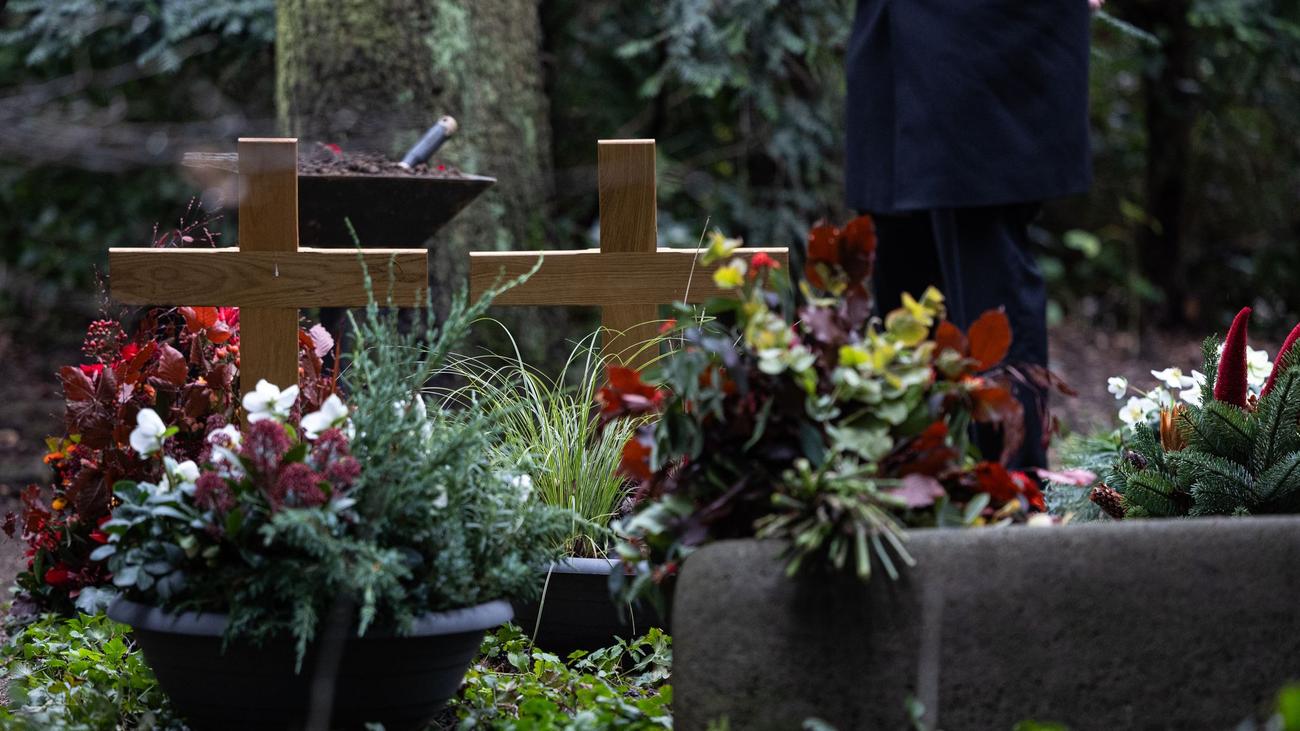
The Silent Plunder: Cemetery Thefts Plague Northeastern German Cities
A disquieting trend has emerged across municipal cemeteries in northeastern Germany, as repeated incidents of theft leave grieving families feeling violated and authorities struggling to implement effective countermeasures. From Rostock to Neubrandenburg, the desecration of memorial sites has become a persistent problem, impacting the peace and sanctity traditionally associated with these final resting places. While local police forces are aware of the issue, the inherent nature of cemetery environments poses significant challenges to prevention and apprehension.
The scope of these thefts is alarmingly broad. According to the office for urban green spaces, nature conservation, and cemetery affairs in Rostock, thieves target a wide array of items left by loved ones to honor the deceased. These include floral arrangements, potted plants, grave lanterns, and decorative objects. The insensitivity extends even further, with reports of personal belongings, such as handbags, being stolen directly from visitors, sometimes even from their mobility aids like walkers. This act demonstrates a brazen disregard for the vulnerability of those visiting the graves of loved ones.
Stralsund’s Central Cemetery has also experienced occasional thefts, though the frequency is considered relatively low by Timo Viecens, head of the cemetery department. However, even isolated incidents contribute to a sense of unease and insecurity among visitors. Viecens emphasizes the importance of individual reporting, stating that each victim must file a police report themselves, as the stolen items are considered private property. He explicitly recommends this course of action, suggesting that the cemetery administration recognizes the gravity of the issue and wishes to encourage accountability.
In Schwerin, the frequency of complaints from bereaved families has remained relatively stable, with approximately ten cases reported annually. However, city administration officials acknowledge that this figure likely represents only the tip of the iceberg, with a significant number of incidents going unreported. In addition to the common targets of flowers and grave lanterns, thieves in Schwerin have also attempted to steal copper drainpipes from buildings on the Old Cemetery. Fortunately, these pipes were equipped with an alarm system, preventing their removal. This suggests a level of planning and intent that extends beyond opportunistic petty theft, raising concerns about organized activity.
Neubrandenburg is another city grappling with the issue of cemetery thefts. The problem is particularly acute around memorial days in November and during the traditional planting seasons in spring around Easter, in summer around Pentecost, and in late summer for autumn planting. This seasonal pattern indicates that thieves are exploiting periods of increased activity and heightened emotional vulnerability among cemetery visitors. During these times, graves are often adorned with fresh flowers and decorations, making them more attractive targets for theft.
The challenge of combating cemetery thefts is compounded by the limitations of official statistics. The police criminal statistics in Mecklenburg-Vorpommern do not specifically track thefts occurring in cemeteries. Instead, these incidents are grouped together with those occurring in religious institutions such as churches. According to the statistics, a total of 100 theft offenses were recorded in Mecklenburg-Vorpommern in 2023 in this combined category. Preliminary data for 2024 indicates a slight downward trend. However, the lack of specific data for cemeteries makes it difficult to accurately assess the true extent of the problem and to develop targeted prevention strategies.
In the absence of more granular data, police are relying on general crime prevention measures. They advise cemetery visitors to be vigilant and to pay attention to their surroundings. The emphasis is on fostering a sense of collective responsibility, encouraging visitors to report any suspicious activity they observe. This strategy relies on the cooperation and mutual support of individuals within the cemetery environment, transforming visitors into active participants in deterring crime.
The emotional impact of cemetery theft is significant. Beyond the financial loss associated with replacing stolen items, there is a deeper sense of violation and disrespect. Cemeteries are intended to be places of peace and remembrance, where families can connect with their loved ones and honor their memory. When these spaces are targeted by thieves, it disrupts this sense of tranquility and leaves families feeling vulnerable and betrayed. The act of stealing from a grave is not just a property crime; it is a deeply personal affront to the grieving process.
Finding effective solutions to this problem requires a multi-faceted approach. Increased police patrols in and around cemeteries could act as a deterrent, particularly during peak visiting times. Improved lighting and security cameras could also help to identify and apprehend offenders. However, these measures can be costly and may not be feasible in all cemeteries.
Another approach is to focus on community engagement. Encouraging neighborhood watch programs and fostering a sense of shared responsibility among cemetery visitors can help to create a more secure environment. Education campaigns could raise awareness about the problem and provide tips on how to protect personal belongings and memorial items.
Ultimately, addressing the issue of cemetery theft requires a commitment from both law enforcement and the community. By working together, it may be possible to restore a sense of peace and security to these sacred spaces and to protect the dignity of the deceased and their loved ones. The silent plunder must be stopped, ensuring that cemeteries remain places of respectful remembrance, not sites of opportunistic crime. The need for greater vigilance and proactive measures is clear, if these spaces are to provide solace for those remembering their deceased loved ones.
